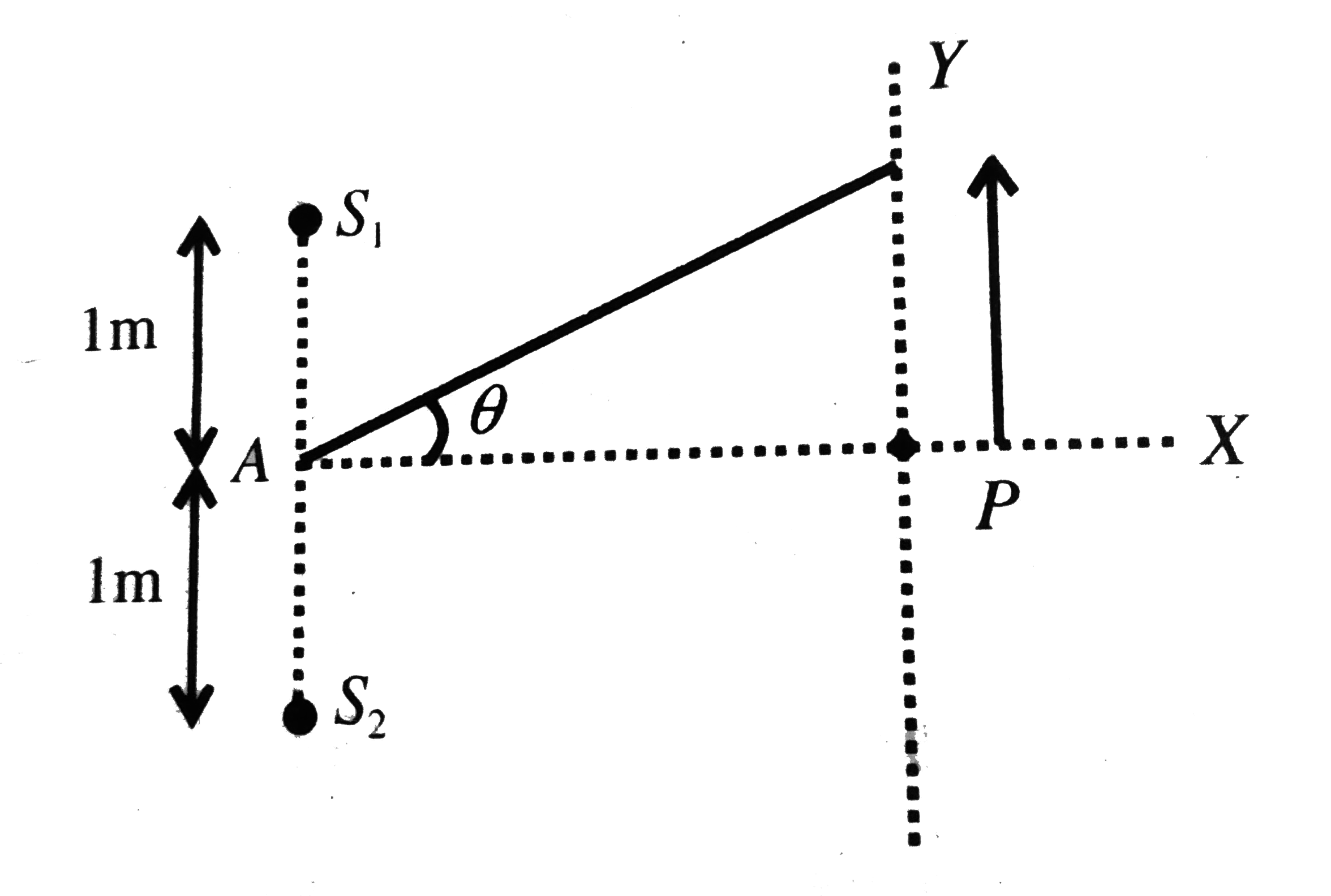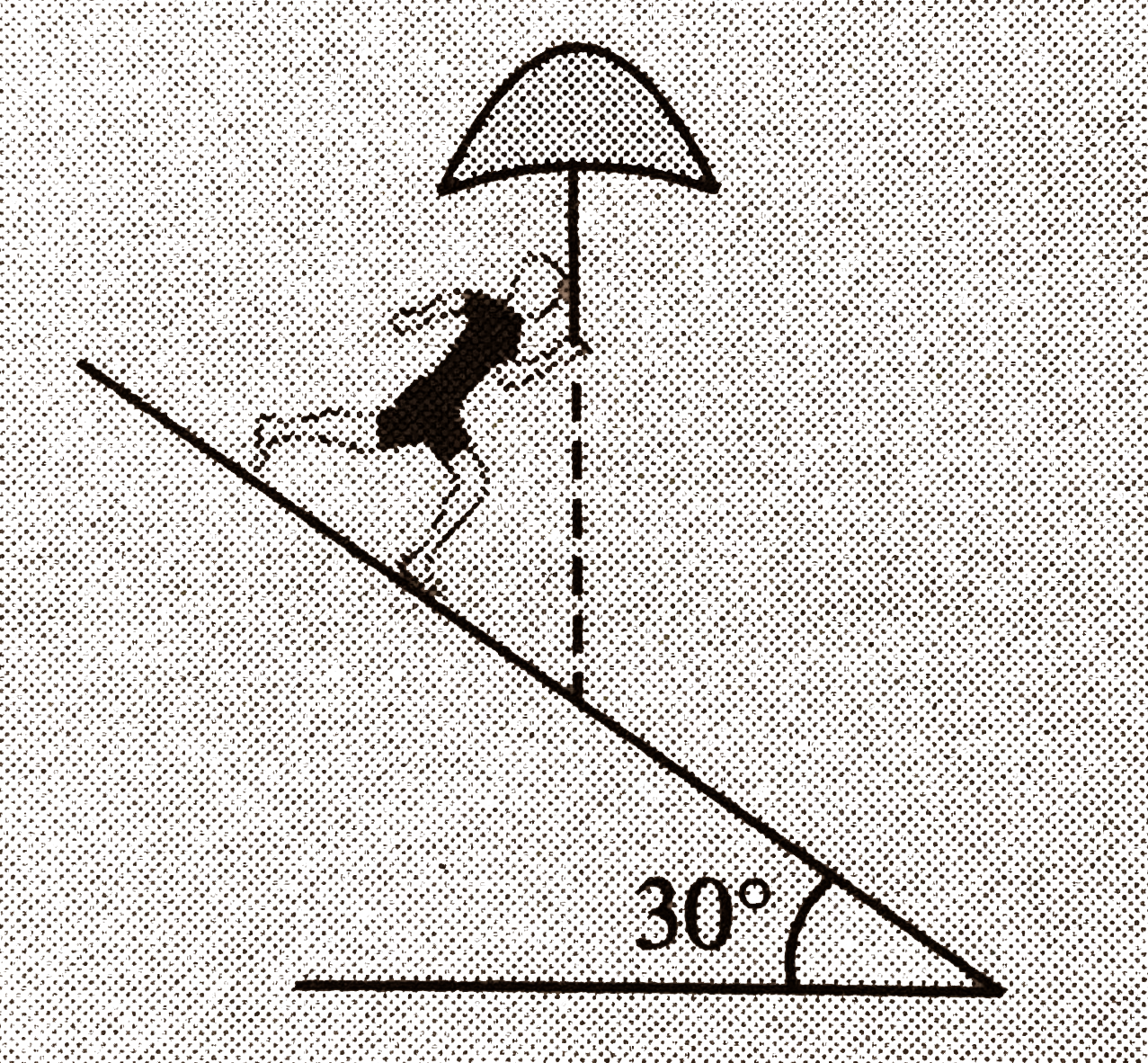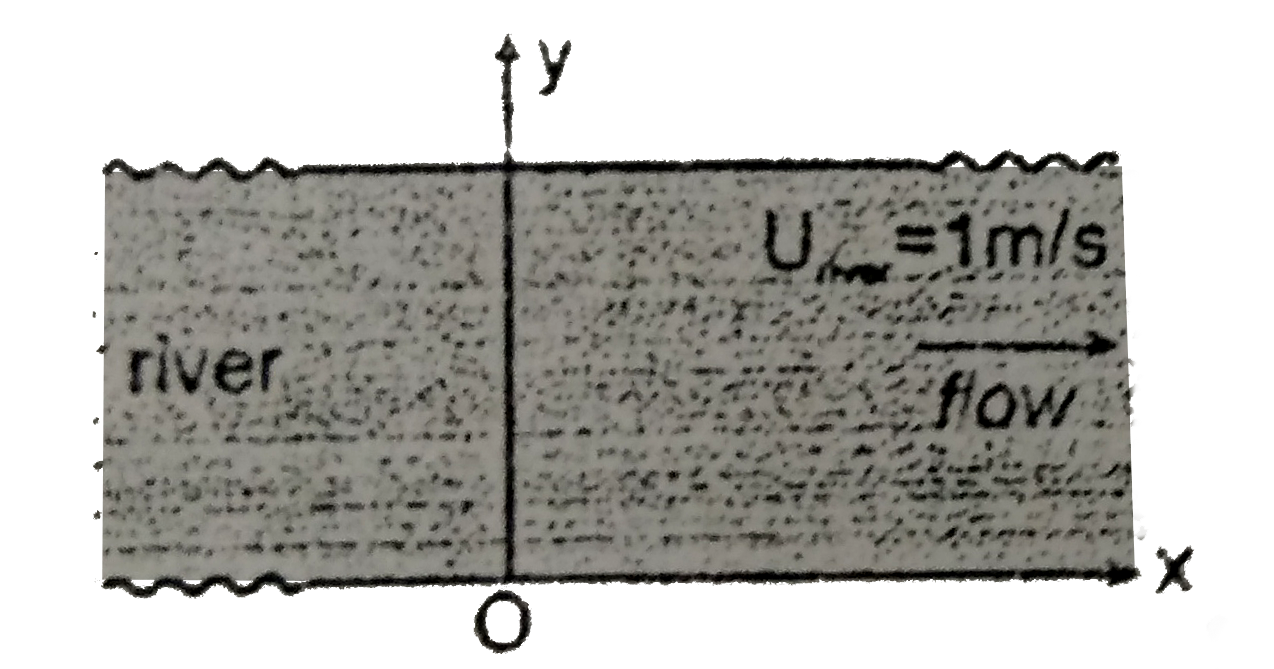Use venn-diagram to check the validity of the following argument :
S1 : if a man is a bachelor, he is unhappy.
S2: If a man is unhappy , he dies young .
S : All bachelors die young.
The correct Answer is:given statement is valid
To solve the problem using a Venn diagram, we will analyze the statements step by step.
Step 1: Understand the Statements
1. S1: If a man is a bachelor, he is unhappy.
- This implies that all bachelors are included in the set of unhappy people.
2. S2: If a man is unhappy, he dies young.
- This implies that all unhappy people are included in the set of people who die young.
3. S: All bachelors die young.
- This is what we need to prove based on the previous statements.
Step 2: Draw the Venn Diagram
1. Draw three circles:
- Let Circle A represent Bachelors.
- Let Circle B represent Unhappy people.
- Let Circle C represent People who die young.
2. Place Circle A inside Circle B:
- Since all bachelors are unhappy, Circle A (Bachelors) is a subset of Circle B (Unhappy people).
3. Place Circle B inside Circle C:
- Since all unhappy people die young, Circle B (Unhappy people) is a subset of Circle C (People who die young).
Step 3: Analyze the Relationships
- From the Venn diagram:
- Since Circle A is inside Circle B, and Circle B is inside Circle C, this means that Circle A (Bachelors) is also inside Circle C (People who die young).
Step 4: Conclusion
- Therefore, we conclude that all bachelors die young, which validates statement S.
Final Answer
The argument is valid; all bachelors die young.
---
1. S1: If a man is a bachelor, he is unhappy.
- This implies that all bachelors are included in the set of unhappy people.
2. S2: If a man is unhappy, he dies young.
- This implies that all unhappy people are included in the set of people who die young.
- This is what we need to prove based on the previous statements.
1. Draw three circles:
- Let Circle A represent Bachelors.
- Let Circle B represent Unhappy people.
- Let Circle C represent People who die young.
- Since all bachelors are unhappy, Circle A (Bachelors) is a subset of Circle B (Unhappy people).
- Since all unhappy people die young, Circle B (Unhappy people) is a subset of Circle C (People who die young).
- From the Venn diagram:
- Since Circle A is inside Circle B, and Circle B is inside Circle C, this means that Circle A (Bachelors) is also inside Circle C (People who die young).
Step 4: Conclusion
- Therefore, we conclude that all bachelors die young, which validates statement S.
The argument is valid; all bachelors die young.
Topper's Solved these Questions
- MATHEMATICAL REASONING BOOK - OBJECTIVE RD SHARMA ENGLISHCHAPTER - MATHEMATICAL REASONING EXERCISE - illusration 1
1 Videos
- MATHEMATICAL REASONING BOOK - OBJECTIVE RD SHARMA ENGLISHCHAPTER - MATHEMATICAL REASONING EXERCISE - illusration 3
1 Videos
- MATHEMATICAL INDUCTION BOOK - OBJECTIVE RD SHARMA ENGLISHCHAPTER - MATHEMATICAL INDUCTION EXERCISE - Exercise
30 Videos
- MAXIMA AND MINIMA BOOK - OBJECTIVE RD SHARMA ENGLISHCHAPTER - MAXIMA AND MINIMA EXERCISE - Chapter Test
29 Videos
Similar Questions
use Venn-diagram to find examine the validity of the following arguments :
S1 : All scholars are absent minded.
S2 : john is a scholar .
S : John is absent minded.
(ii) S1 : All scholars ar absent-minded.
(ii) S1 : All scholars are absent- minded.
S2 : John is not absent minded.
S: john is not absent minded.
View SolutionWith the usual notations , check if the following equation St=u+12a(2t−1) is dimensionally correct or not.
View SolutionTwo coherenet source of sound S1 and S2 produce sound waves of the same wavelength λ=1 m , in phase , S1 and S2 are placed 1.5 m a part ( see fig). A listener , loacted at L , directly in fornt of S2 finds that the intensity is at a minimum when he is 2 m away form S2. The listener moves aways form S1 keeping his distance for S2 fixed . The adjacent maximum of inesity is observed when the listener is at a distane d from S1 . Then d is

View SolutionIn Young's doulbe-slit experiment the separation between two coherent sources S1 and S2 is d and the distance between the source and screen is D. In the interference pattern, it is found that exactly in front of one slit, there occurs a minimum. Then the possible wavelengths used in the experiment are
View SolutionTwo speakers S1andS2 derived by the same amplifier and placed at y=1.0mandy=−1.0m (Fig . 7.9) The speakers vibrate in phase at 600Hz. A man stands at a point on the x - axis at a very large distance from the origin and starts moving parallel to the Y - axis . The speed of sound in air is 330m/s.
(a). At what angle will the intensity of sound drop to a minimum for the first time ?
(b) At what angle will the sound intensity be maximum for the first time ?
(c ) If he continues to walk along the line , how many more maxima can he hear ?

View SolutionLet S1andS2 be the two slits in Young's double slit experiment. If central maxima is observed at P and angle S1PS2=θ, (θ is small) find the y-coordinates of the 3rd minima assuming the origin at the central maxima. (λ = wavelength of monochromatic light used).
View SolutionA man is coming down an incline of angle 30∘. When he walks with speed 2(√3)ms−1 he has to keep his umbrella vertical to protect himself from rain. The actual speed of rain is 5ms−1. At angle with vertical should he keep his umbrella when he is at rest so that he does not getb drenched ?
 .
.
View SolutionA man can swim in still water with a speed of 3m/s x and y axis are drawn along and normal to the bank of river flowing to right with a speed of 1m/s. The man starts swimming from origin O at t = 0 second. Assume size of man to be negligible. Find the equation of locus of all the possible points where man can reach at t = 1 sec

View SolutionThe heat change during the reaction 24g C and 128g S following he change C+S2→CS2,ΔH=22K cal
View SolutionA man is standing on a road and observes that rain is failing at angle 45∘ with the vertical. The man starts running on the road with constant acceleration 0.5m/s2. After a certain time from the start of the motion, it appears to him that rain is still falling at angle 45∘ with the vertical, with speed 2√2m/s. Motion of the man is in the same vertical plane in which the rain is falling. Then which of the following staement(s) are true.
View Solution
